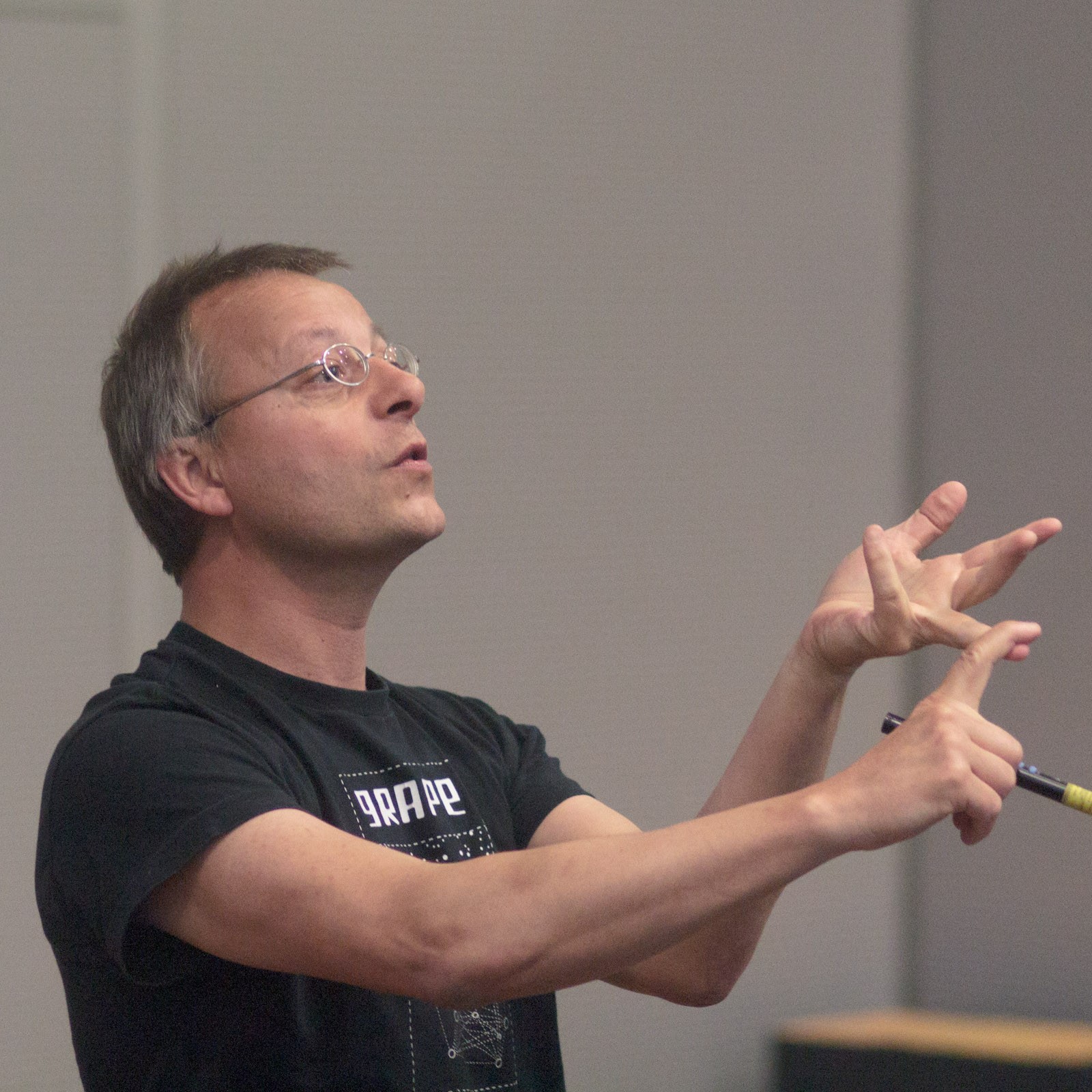学术报告第242期:The Origin and Evolution of The Oort Cloud
星期四,2022/03/31-16:30 to 17:30
主讲人 (Speaker): Simon Portegies Zwart
主讲人单位 (Speaker's Institute): 荷兰莱顿大学
邀请人 (Invited by): 王龙、黄志琦
时间 (Time): 星期四, 2022/03/31 - 16:30 to 17:30
地点 (Location): Zoom/珠海校区天琴中心3416会议室
摘要 (Abstract):
Jan Hendrik Oort hypothesized, based on a spike in the reciprocal orbital separation, the existence of a distant cloud of cometary objects that orbit the Sun. The Oort cloud is the source of long-period comets, but it is not observed directly, and its origin remains theoretical. Theories on its origin postulate a sequence of events that are tested individually but never as a consistent chronology.
I will discuss the historic literature and present a chronology on the formation and early evolution of the Oort cloud. The formation process is illustrated with simulations that show the sequence of events leading to the formation process in subsequent amalgamated steps. These simulations start with the Solar system being born with planets and asteroids in a stellar cluster orbiting the Galactic center. Upon ejection from its birth environment, we continue to follow the Solar system's evolution while it sojourns the Galaxy as an isolated planetary system. We demonstrate how the Oort cloud can only forms in this later phase.
主讲人简介 (Speaker's CV):
Simon Portegies Zwart obtained his PhD at Utrecht University. He held several positions at the University of Amsterdam, the University of Tokyo, Boston University and the Massachusetts Institute of Technology.
His research interests lie with Computational Gravitational Dynamics, Stellar and Binary Evolution, Galaxy Dynamics, Modeling Dense Stellar Systems, Supermassive Black Holes, Binary Population Synthesis and High-performance Computing. Portegies Zwart is part of the AMUSE (Astrophysical Multipurpose Software Environment) team. The aim of this project is to provide a software framework for astrophysical simulations in which existing codes from different domains, such as stellar dynamics, stellar evolution, hydrodynamics and radiative transfer can be easily coupled.




